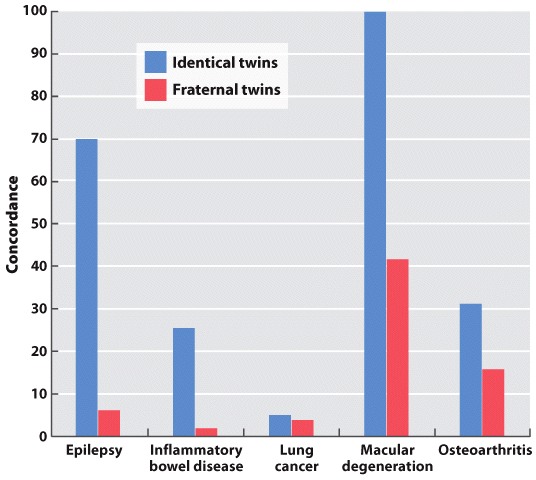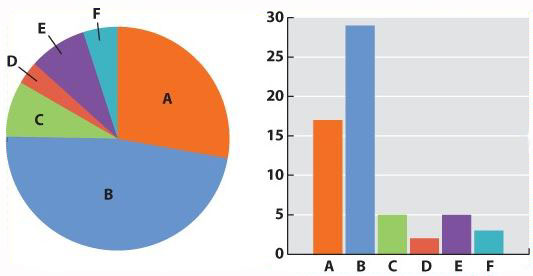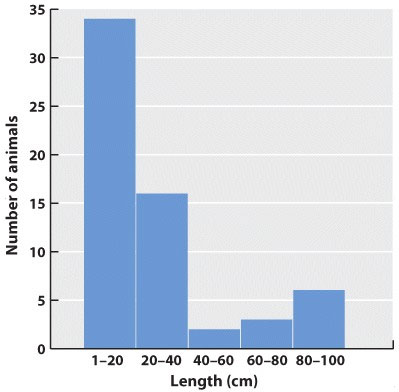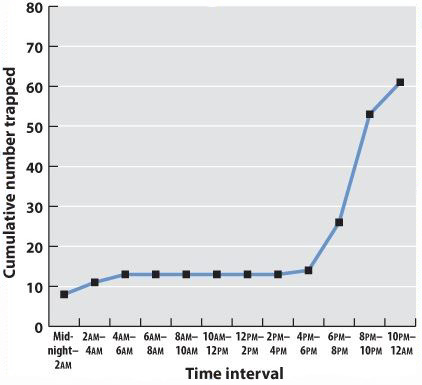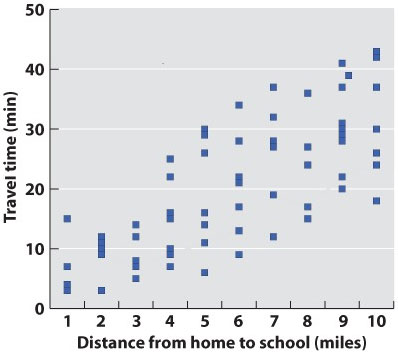Chapter 1. Working With Data 18.11
Working with Data: HOW DO WE KNOW? Fig. 18.11
Fig. 18.11 describes studies of concordance of traits in twins to determine what traits are mostly genetic in nature and what traits are influenced by the environment. Answer the questions after the figure to practice interpreting data and understanding experimental design. These questions refer to concepts explained in the following two brief data analysis primers from a set of four available on LaunchPad:
- Experimental Design
- Data and Data Presentation
You can find these primers by clicking on the button labeled “Resources” in the menu at the upper right on your main LaunchPad page. Within the following questions, click on “Primer Section” to read the relevant section from these primers. Click on “Key Terms” to see pop-up definitions of boldface terms.
HOW DO WE KNOW?
FIG. 18.11: What is the relative importance of genes and the environment for complex traits?
BACKGROUND Twin studies remain important for assessing the relative importance of “nature” (genotype) and “nurture” (environment) in determining variation among individuals for complex traits. The idea of using twins to distinguish nature from nurture is usually attributed to Francis Galton because of an article he wrote about twins in 1875. In fact, the modern twin study does not trace to Galton but to Curtis Merriman in the United States and Hermann Siemens in Germany, who independently hit upon the idea in 1924. In Galton’s time, it was not even known that there are genetically two kinds of twins.
EXPERIMENT The rationale of a twin study is to compare identical twins with same-sex fraternal twins. In principle, identical twins differ only because of environment, whereas fraternal twins differ because of genotype as well as environment. The extent to which fraternal twins differ more from each other than identical twins differ from each other measures the effects of genotype. Some twin studies focus on twins reared apart in order to compensate for shared environmental influences that may be stronger for identical twins than for fraternal twins.
RESULTS The bar graph shows the results of typical twin studies for various traits. The concordance between twins is the fraction of twin pairs in which both twins show the trait among all those pairs in which at least one twin shows the trait. Roughly speaking, the difference in the concordance between identical twins and fraternal twins is a measure of the relative importance of genotype. In the data shown here, for example, autism and clinical depression both show strong genetic influences, whereas female alcoholism shows almost no genetic influence.
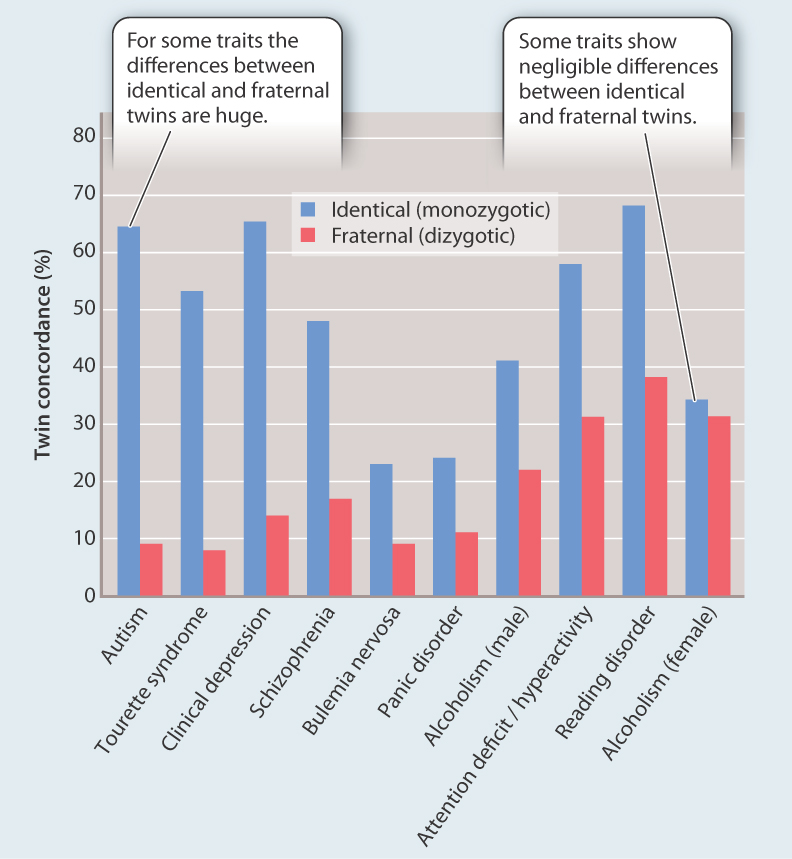
CONCLUSION The examples shown here indicate very large differences in the importance of genotype versus environment among complex traits. These results are typical of most complex traits.
FOLLOW-UP WORK Twin studies must be interpreted in light of other studies comparing complex traits among individuals with various degrees of genetic relatedness. On the whole, twin studies of complex traits have yielded results that are consistent with other available evidence.
SOURCES Rende, R. D., R. Plomin, S. G. Vandenberg. 1990. “Who Discovered the Twin Method?” Behavior Genetics 20:277–285; McGue, M., and T. J. Bouchard, Jr. 1998. “Genetic and Environmental Influences on Human Behavioral Differences.” Annual Review of Neuroscience 21:1–24.
Complex traits are influenced by the interaction between genes and environment. To assess the relative importance of genetics versus environment for any given complex trait, geneticists sometimes study the concordance between identical twins (ID) and same-sex fraternal twins (FR). The concordance among twins for any given trait is the proportion of pairs in which both have the trait among those pairs in which at least one has the trait.
Question
On average, what percentage of alleles present in the parents are expected to be shared between identical twins?
| A. |
| B. |
| C. |
| D. |
